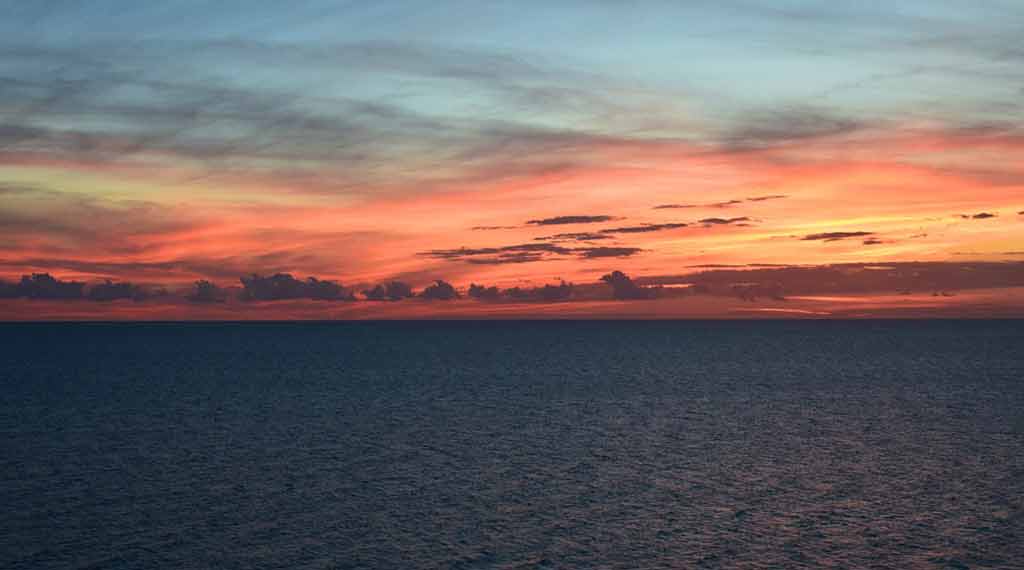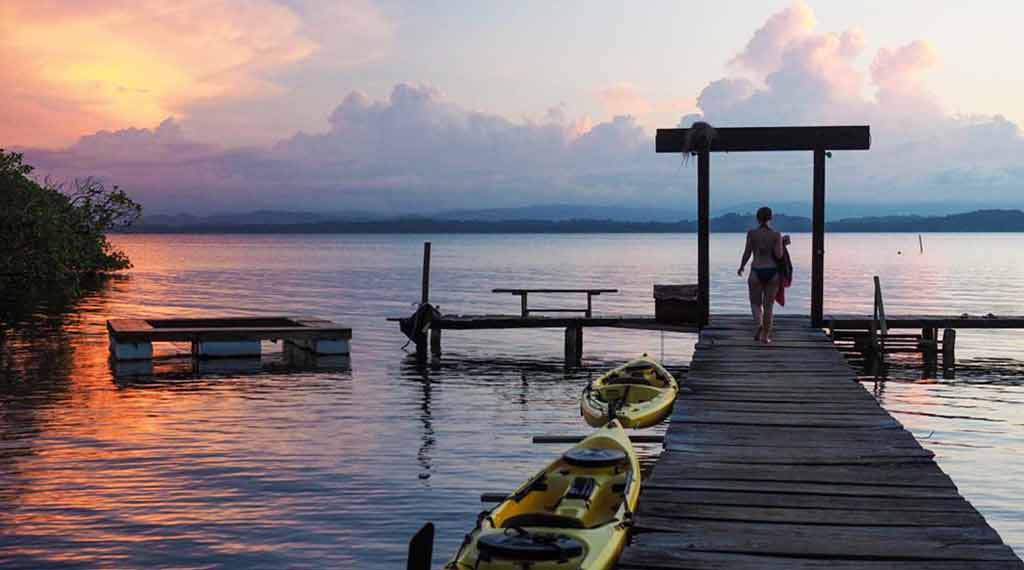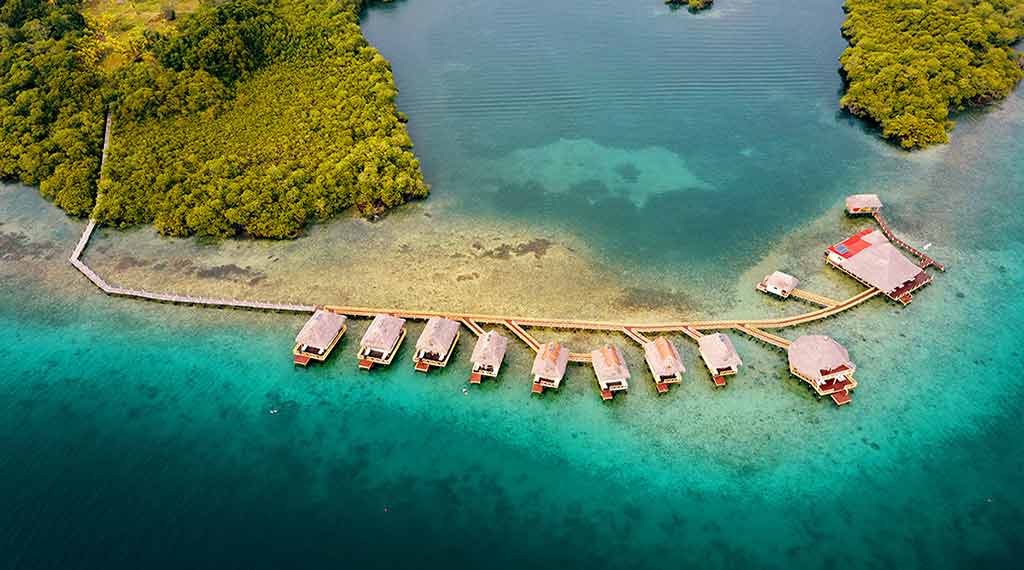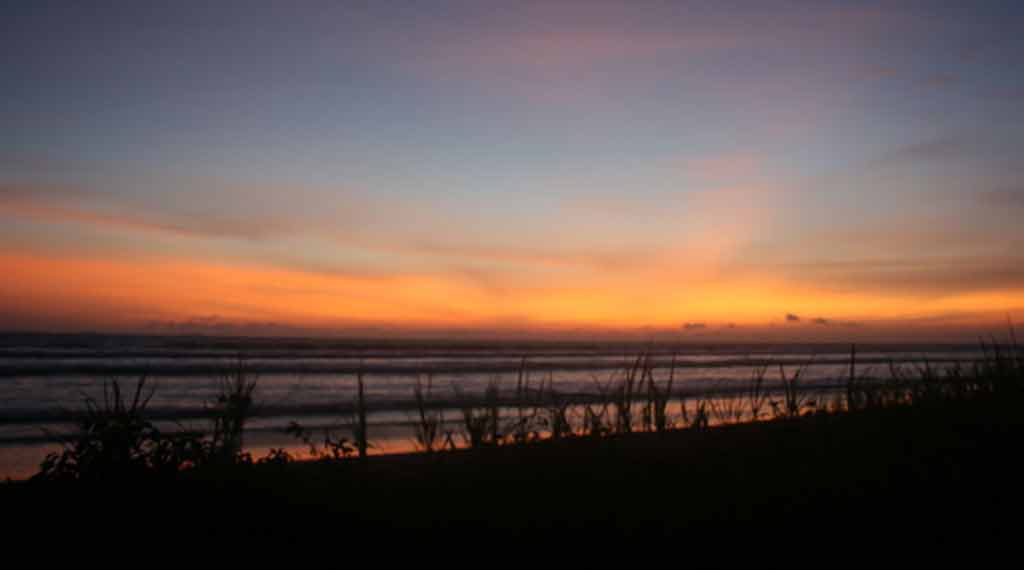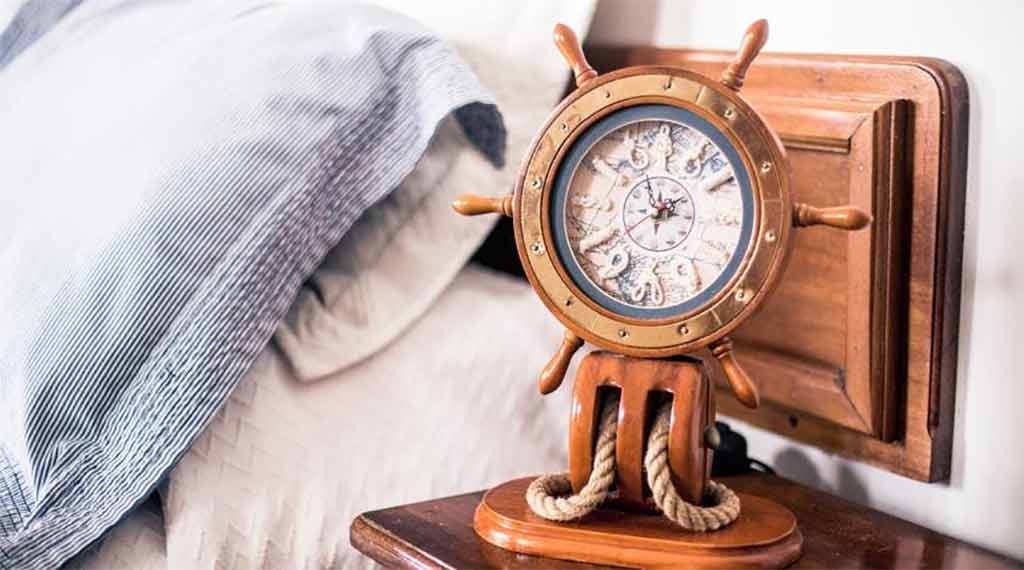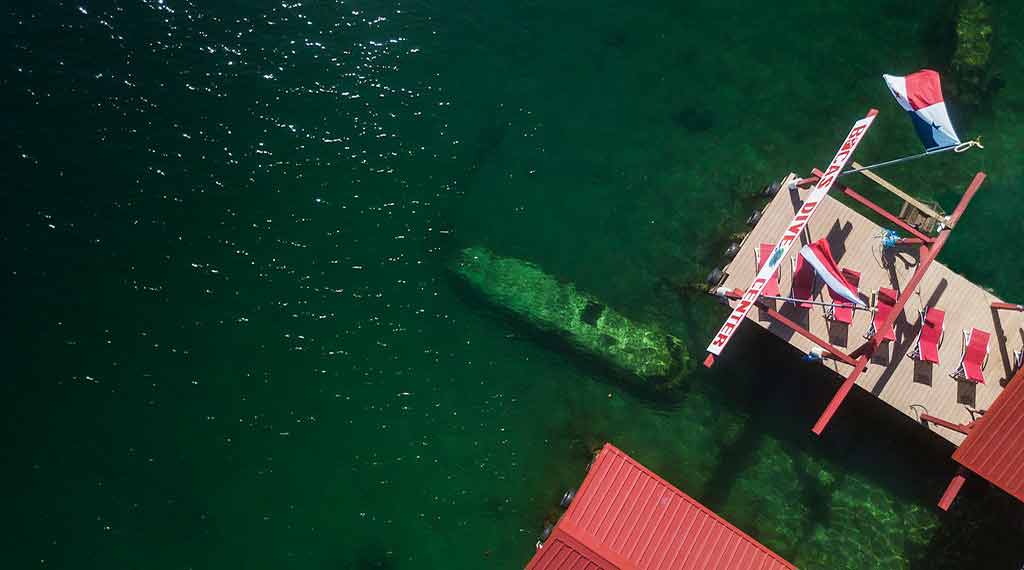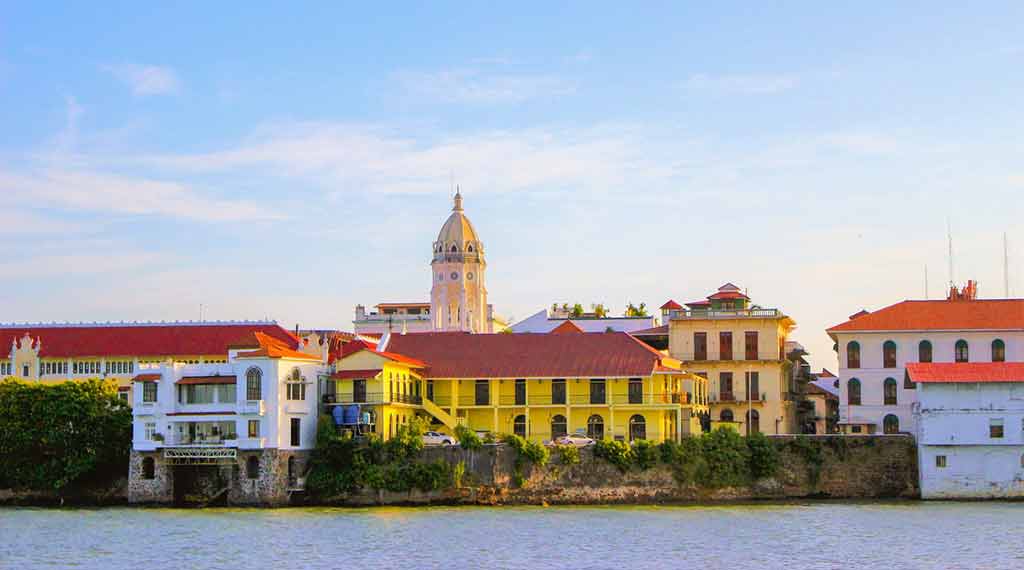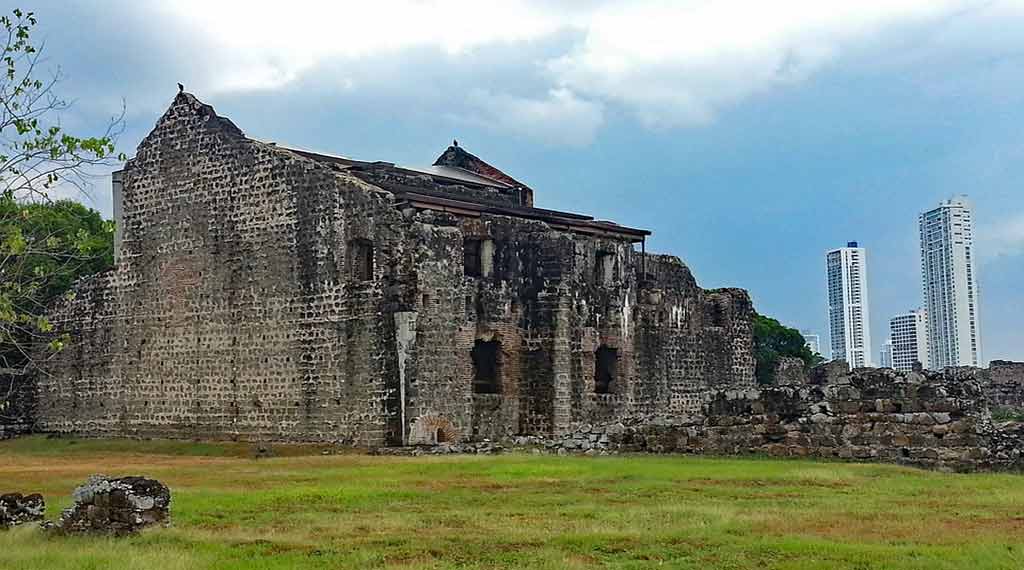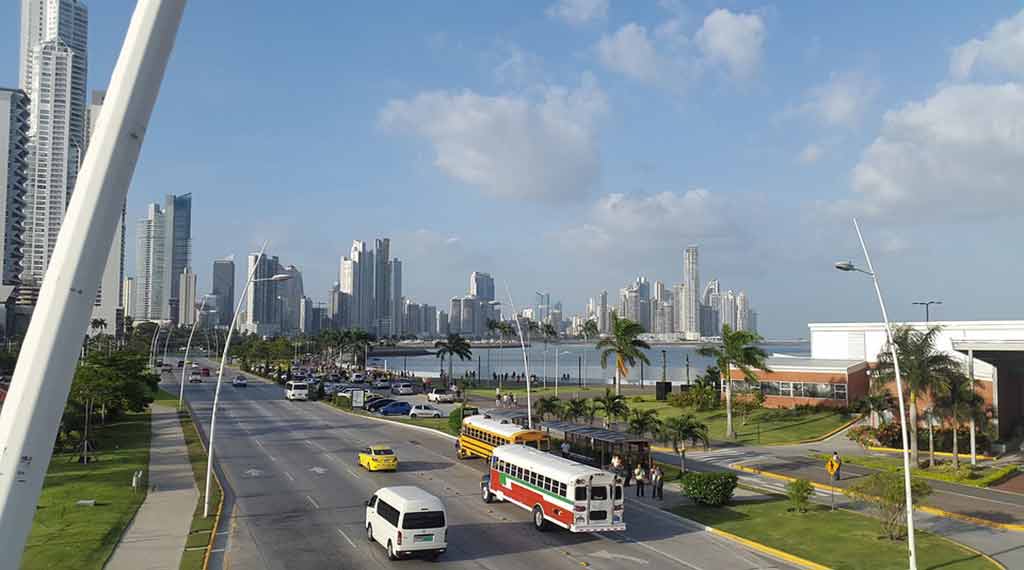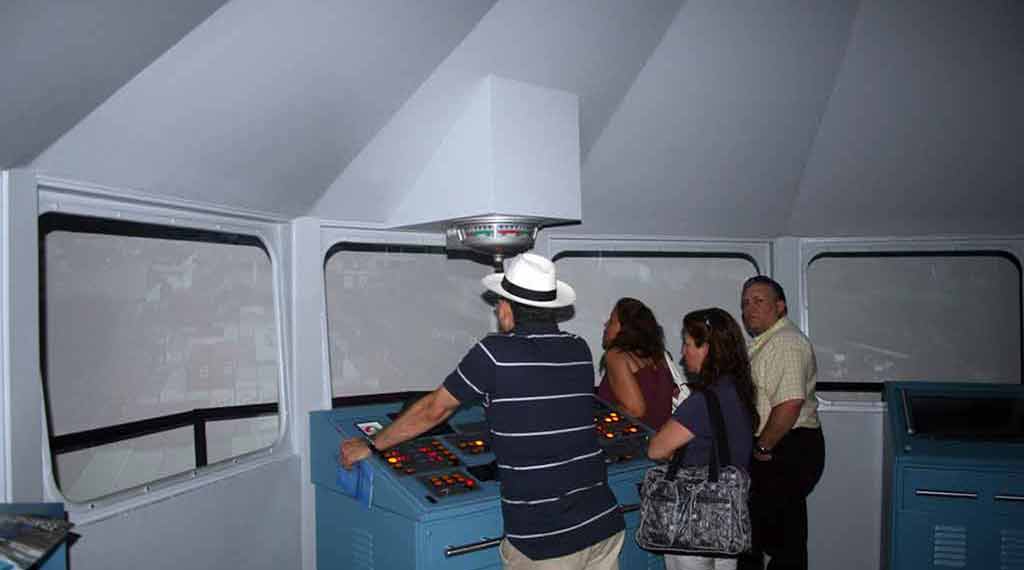Modern history of Panama
The Spanish conqueror Rodriges de Bastidas was first in Panamá
He was the first European to set foot on the mainland of Panama from the Atlantic
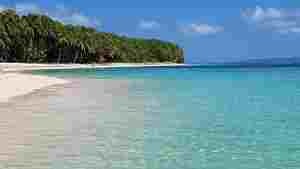 In 1501 he landed at what is now Portobello. It wasn't until a year later that Christopher Columbus , on his fourth voyage, also reached that section of land. Seven years later, the Spanish crown decided to colonize the area on the Caribbean coast. The colony was named “Castilla del Ora” and Diego de Nicuesa was appointed as the first governor.
In 1501 he landed at what is now Portobello. It wasn't until a year later that Christopher Columbus , on his fourth voyage, also reached that section of land. Seven years later, the Spanish crown decided to colonize the area on the Caribbean coast. The colony was named “Castilla del Ora” and Diego de Nicuesa was appointed as the first governor.
Vasco Núñez de Balboa was the next governor, he crossed the isthmus and became the first European to reach the Pacific coast of Latin America. Under his command, the future capital “Panama City”, then called Dávila, was founded. Dávila later developed into a logistical center for exports to Spain.
Panama was placed under the colonial administration of Spain, based in Guatemala. The country's strategic location provided a good basis for transporting goods to Europe and the conquest of South America. The goods, especially gold and silver, attracted many pirates who tried several times to plunder Panama.
In 1821 Panama was declared independent from Spain. This was followed by voluntary affiliation with the Greater Colombian Republic. Panama thus immediately lost the independence it had recently gained. The next declaration of independence took place in 1840, this time from Colombia. An intervention by the Colombian leadership managed to restore the status quo after just 13 months.
In 1850, the Colombian government approved the construction of an interoceanic railway, launched and carried out by the United States of America.
In 1863, Panama declared itself an autonomous province of Colombia, but only achieved self-government on paper. In 1903, negotiations began to build an interoceanic canal in the narrowest area of Panama.
The USA negotiated with the Colombian leadership, which spoke out against a canal. Just at that time, a small group of separatists again declared full independence from Colombia. The USA immediately recognized Panama's independence and concluded the “ Hay-Bunau-Varilla ” agreement with the provisional government. In this agreement it was stated: The US government would have the right to build the interoceanic canal and unlimited rights for the Panama Canal Zone. In return, a one-time and a regular annual payment will be made to the government of Panama, as well as a guarantee of the country's independence. What was controversial was that the United States reserved the right to intervene in the country.
In 1904, the first national constitution was drawn up, providing for a democratically elected government. The canal was completed in 1914 and officially inaugurated in 1920. This was followed by an era of stability and prosperity, which, however, was also marked by dissatisfaction with the USA.
In 1977 there was a new treaty with the USA in which the USA promised to hand over the canal completely to Panama by 1999 and to give up all military bases. The right to protect the canal should be retained by the USA.





